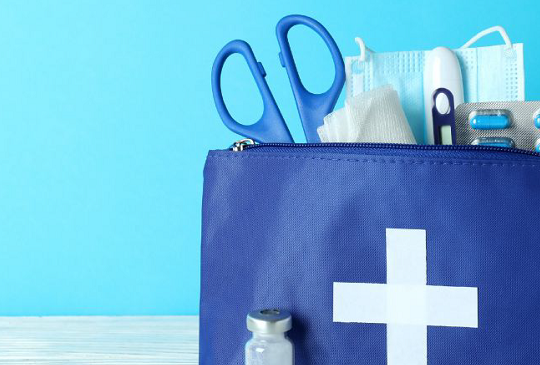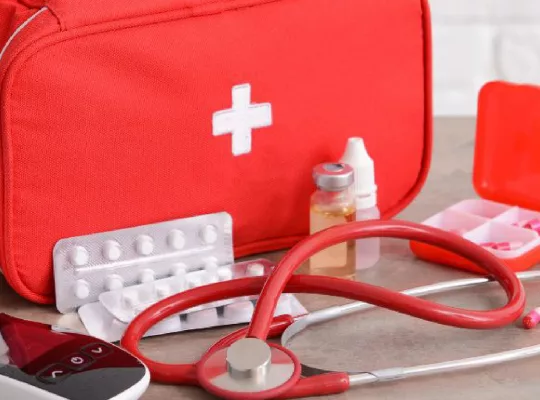The American Red Cross and the American Heart Association have released new guidelines for first aid in regards to a few different common first responder situations: bleeding, stroke, anaphylaxis and hypoglycemia. As the first update since 2010, it is important to take notice and adjust procedures to reflect the new standards. These first aid guidelines form the basis for much of the first aid training that happens all over the world.
Bleeding: The new guidelines continue to assert that it is an important first aid skill, and the first responder should control bleeding by applying steady, direct manual pressure to the wound, with or without a gauze dressing. In most cases, bleeding can be stopped with direct manual pressure. When applying first aid, you should not lift the bandage to see if the bleeding has stopped for at least 5 minutes, because the pressure needs to be steady to successfully stop the bleeding. Tourniquets and hemostatic bandages are recommended for life threatening bleeding and for other more severe cases.
Stroke: Early detection is very important in avoiding long term disabilities associated with stroke. The goal is to create less time between the incident and the treatment. First responders need to work to keep this time down as much as possible.
Hypoglycemia: The best way to treat this is through early detection and when the patient is still conscious and can follow instructions. This prevents the progression to more serious hypoglycemia, and other complications. To avoid over or under dosing with sugar, it is recommended that over the counter glucose tabs are used. These can be purchased at any pharmacy. These have been shown to be more effective in resolving hypoglycemia than other forms of sugar.
Anaphylaxis: The new guidelines state that after initial treatment for the serious reaction, another dose of epinephrine can be given by the first aid provider. This needs to be done with a prescribed auto-injector (Epipen).
These new guidelines will help first aid providers to help more people and to be more effective in treatment and create better long term outcomes for the patients.





